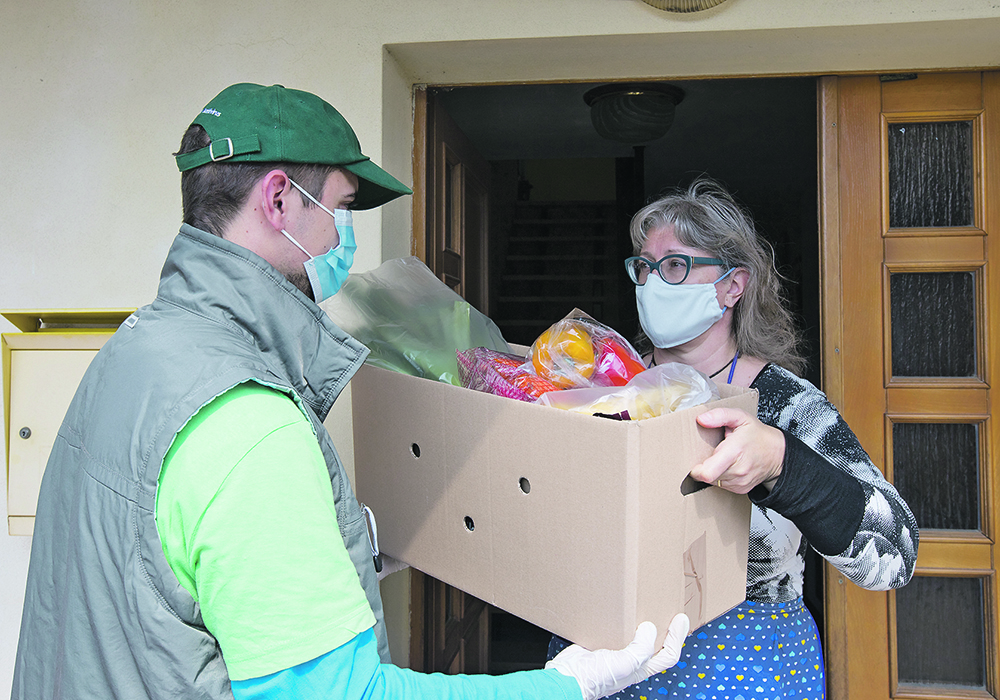SkipTheDishes is building 38 dark stores across the country to support its e-commerce renewal. Its strategy includes selling food online like any grocery store.
Company chief executive officer Kevin Edwards claims the online food market will be worth $120 billion in a few years. That number is a little ambitious, but many observers believe online retail revenues could reach $25 billion by 2025.
This could well mean that about 10 percent of all the food purchased at retail in Canada will be bought online within a few years.
Online food retailing is booming, no matter what some say about grocery shopping being an irreplaceable experience. The pandemic has made a compelling case for empowering a stranger to do the work for you, even at a fee.
Read Also

Trump’s trade policies take their toll on Canadian producers
U.S. trade policy as dictated by president Donald Trump is hurting Canadian farmers in a multitude of ways.
The Angus Reid group reported that, in the last month, 19 percent of Canadians ordered food from a retailer online. Before the pandemic, most online orders were for curbside pickup. The split between door-to-door delivery and curbside is almost 50-50, so offering delivery is increasingly becoming a competitive advantage.
For food service and restaurants, that user rate goes up to 28 percent. In fact, SkipTheDishes is filling about 400,000 orders a month.
In March 2020, before the COVID-19 pandemic, orders per month totalled less than 20,000. If any company has an idea of how much online food ordering has grown, it’s certainly SkipTheDishes.
Like anything else, though, the way to support an e-commerce strategy is evolving.
When Amazon acquired Whole Foods, we saw an array of click-and-collects pop up. That model is more of a test balloon rather than a full commitment to a comprehensive online platform. The industry needed a push to commit to a more sustainable approach. Over the last two years, that push has come from COVID.
Now, companies are thinking about greater use of dark stores, which are locations with the sole purpose of supporting a company’s e-commerce distribution strategy. The location doesn’t serve customers onsite. It’s designed to fulfil online orders only for a local market.
Anyone who has ordered food online knows that fees are often added to the bill, from $4 to $12 depending on where you live, the size of your order and which provider you use. SkipTheDishes intends to offer delivery for free for orders of at least $25.
As the market matures, food delivery services will need to think about how to democratize the service to eliminate fees for those who need to order online. For people who are physically or mentally compromised or who need to quarantine, service charges are a regressive tax.
The labour market looks quite different from March 2020. Based on some estimates, about 70 percent of the Canadian workforce will be working from home at least five or more days a month by the end of 2022.
That means more of us will spend more time at home and will feel less inclined to leave the house to do errands like grocery shopping. Shopping online between video calls will be convenient for a growing number of people.
If you still don’t get the online food shopping phenomena, ask someone under the age of 40, preferably someone who has children. Then you’ll understand.
Sylvain Charlebois is senior director of the agri-food analytics lab and a professor in food distribution and policy at Dalhousie University. This article originally appeared the Troy Media website. It has been edited for length.















